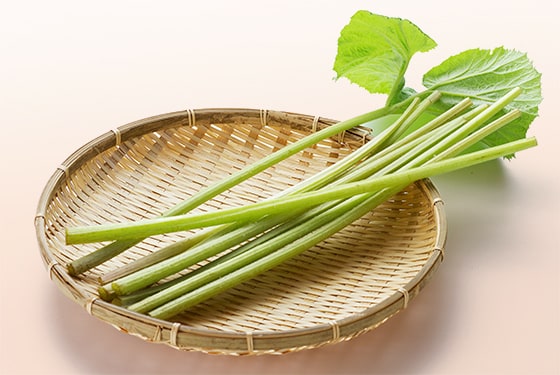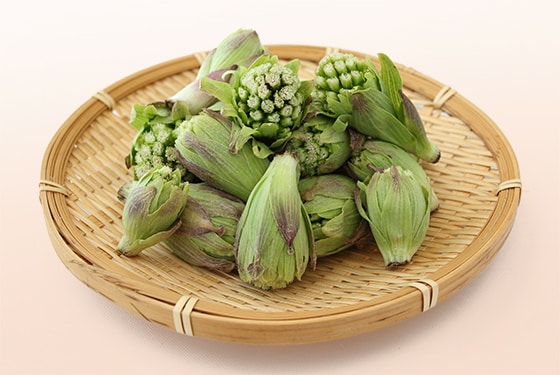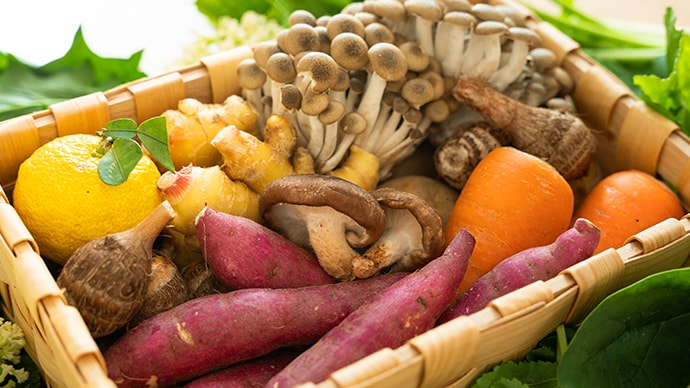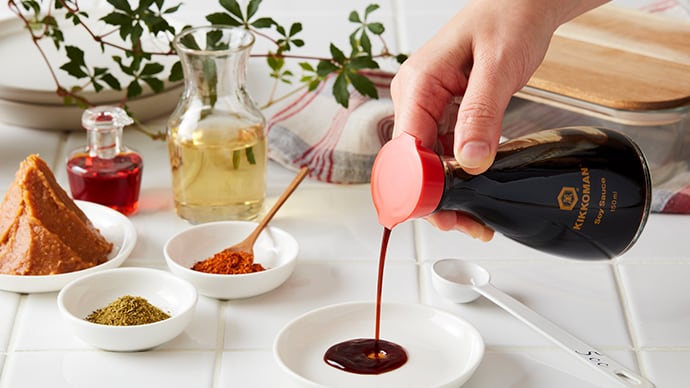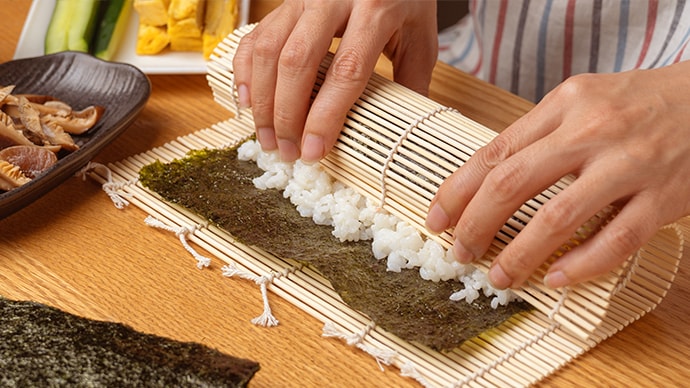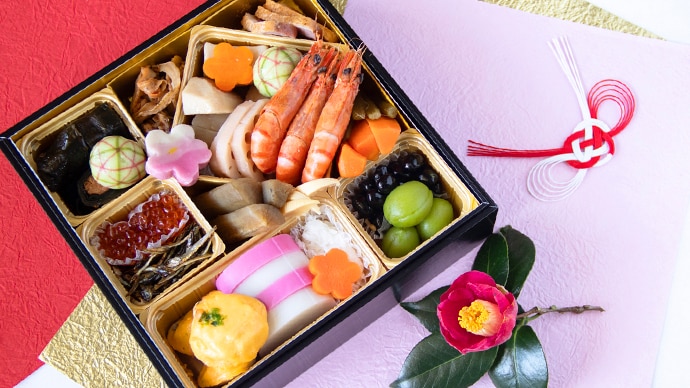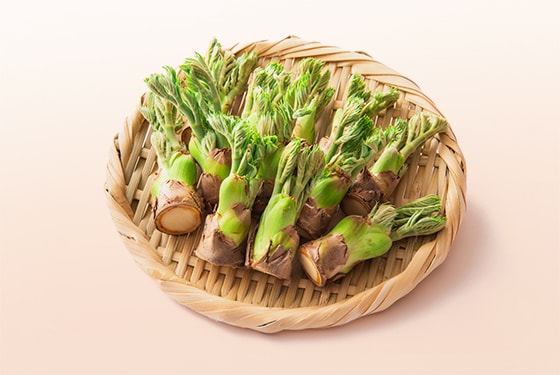
Shoots from the Japanese angelica tree (also known as the aralia elata), often eaten as tempura or marinated in soy sauce-based seasonings
What is taranome?
Taranome / Japanese angelica tree (たらの芽 in Japanese) are the shoots of Taranoki shrubs from the araliacae family having a balanced bitterness and a delicate texture. Sprouting at the first signs of spring, this delectable seasonal treat is commonly eaten in Japan. In their natural environment taranome are in season during April to May, but the peak season for those grown in greenhouses is from December to March.
Nutrition facts
Taranome are rich in dietary fiber. They are also rich in minerals such as potassium and iron, and contain zinc, which help to eliminate excess salt, prevent anemia, and regulate the immune system. Taranome are rich in vitamin E and beta-carotene, which prevents lipid oxidation and is beneficial for eye and skin health. They also contain vitamin C and vitamin B6, which contribute to improving immunity and promoting energy metabolism.
The bitterness of taranome is due to elatoside. Elatoside is a type of saponin that has antioxidant properties and is currently being studied as it may have anti-inflammatory properties and the ability to suppress sugar absorption. Taranome are usually boiled in salt water or fried at high temperatures to reduce their bitterness and make them easier to eat.
Storage to prevent food loss
Consume quickly while still flavorful. Soak taranome shoots in water then wrap in newspaper and place in a plastic bag with air holes for refrigerator storage.
Trivia
Shoots of the Japanese angelica tree grow on mountains across Japan and have a short growing season, making them a cherished seasonal ingredient. Nowadays, farmers have begun greenhouse production of these shoots.


